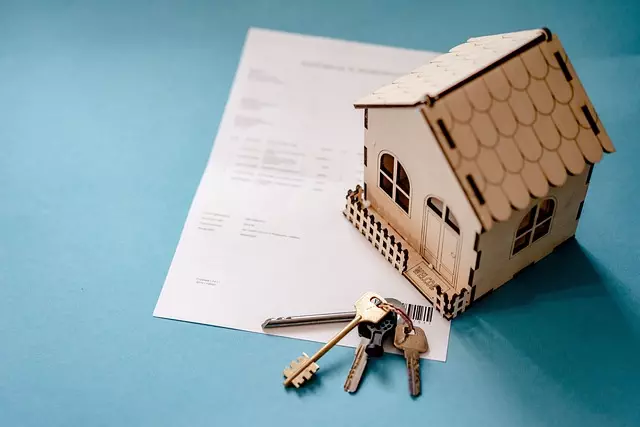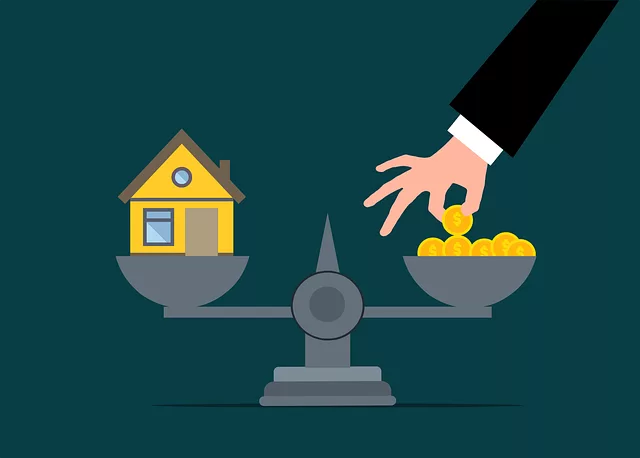Property insurance is a vital safety net for homeowners, protecting against unforeseen risks like natural disasters, theft, and accidental damage. Policies vary in scope and exclusions, with common factors influencing premiums including location, property type, and age. High-quality property insurance offers peace of mind, financial security, and essential benefits, while understanding deductibles allows tailored coverage. Comprehensive policies expand protection beyond standard coverage but exclude events like war or willful acts. When choosing an insurer, prioritize their reliability, policy options, ratings, and customer service for adequate property protection.
In today’s uncertain world, securing your assets with high-quality property insurance is paramount. This comprehensive guide delves into the intricacies of property insurance, equipping you with knowledge to make informed decisions. We explore essential coverage aspects, from understanding what’s included and excluded, to navigating various policy types for homeowners, renters, and landlords. Key factors influencing premiums are revealed, emphasizing the significance of quality insurance for asset protection. Additionally, we demystify deductibles and uncover valuable benefits beyond standard coverage.
Understanding Property Insurance: What It Covers and Exclusions

Property insurance is a safety net that protects your investment—your home or property—from unforeseen risks and damages. It’s designed to cover a wide range of potential losses, from natural disasters like fire, flood, or wind damage, to more common hazards such as theft, vandalism, or accidental damage. The specific coverage varies depending on the type of policy and provider, but generally includes buildings, structures, and personal belongings within the property.
However, it’s crucial to understand that not all risks are covered. Property insurance policies often have exclusions, which are circumstances or events that are not insured against. These can include certain types of damage caused by war, nuclear hazards, or willful acts. It’s essential to read and comprehend your policy to know exactly what is covered and what isn’t. This way, you can ensure that your property is adequately protected and make informed decisions regarding your insurance needs.
Types of Property Insurance Policies: Homeowners, Renters, and Landlords

When it comes to protecting your most valuable possessions, understanding the different types of property insurance policies is essential. Three primary options cater to homeowners, renters, and landlords, each offering tailored coverage for specific needs. Homeowners’ insurance provides comprehensive protection for individuals who own their properties, covering structures, personal belongings, and liability for damages or injuries on the premises. This policy ensures financial security against various risks, including fire, theft, vandalism, and natural disasters.
Renters’ insurance, on the other hand, is designed to safeguard the belongings of tenants living in rented spaces. It offers coverage for personal possessions and provides liability protection if a guest suffers an injury on the rental property. Landlords often require renters to have this type of insurance to protect their investments and minimize potential financial losses from tenant-related incidents. Each policy type caters to unique circumstances, ensuring individuals and entities alike can safeguard their interests with suitable property insurance.
Factors Influencing Property Insurance Premiums

Several factors determine property insurance premiums, and understanding these is essential for anyone looking to secure the best coverage at a fair price. One of the primary considerations is the location of the property. Areas prone to natural disasters like floods, hurricanes, or earthquakes often have higher insurance costs due to the increased risk. For instance, properties near rivers or in coastal regions may face higher premiums because of the potential for flood damage.
The type and age of the property also play a significant role. Older buildings, especially those with historical significance, might require specialized coverage due to their unique construction and materials. Similarly, larger properties or those with specific features like swimming pools, expensive fixtures, or advanced security systems can influence premium rates. Insurers assess these factors to determine the potential risks associated with insuring a particular property, which in turn affects the cost of the policy.
Importance of High-Quality Property Insurance for Asset Protection

High-quality property insurance is an indispensable pillar in safeguarding your most valuable assets—your home or business premises. In today’s unpredictable world, where unforeseen events like natural disasters, theft, or damage can strike at any moment, having robust property coverage offers peace of mind and financial security. Property insurance acts as a shield, providing financial protection against significant losses that could cripple individuals and businesses alike.
Beyond loss coverage, high-quality property insurance includes essential benefits such as emergency repairs, legal defense in disputes, and even loss of use coverage, ensuring continuity during times of crisis. It’s not just about the monetary value; it’s about preserving the memories, investments, and hard work embedded within your property. Thus, when selecting a property insurance policy, prioritize comprehensive coverage and reliable providers to ensure you’re adequately protected against life’s unexpected twists and turns.
Comprehending Deductibles and How They Affect Your Coverage

When considering high-quality property insurance, understanding deductibles is key to navigating your coverage options effectively. Deductibles represent the out-of-pocket expense you’re required to pay before an insurance company begins covering the costs of a claim. This means if you have a $500 deductible and experience insured damage worth $10,000, you’ll be responsible for the initial $500 before your insurer steps in. Lowering your deductible can increase premium costs but provides peace of mind by reducing your immediate financial burden during claims. Conversely, opting for a higher deductible often leads to lower premiums, but it means accepting greater out-of-pocket responsibility.
Knowing how deductibles affect your coverage is crucial for making informed decisions. Property insurance policies typically offer various deductible options tailored to individual needs and budgets. Shopping around and comparing these options allows you to find the right balance between affordability and protection for your valuable assets. Understanding this dynamic empowers you to customize your property insurance to ensure adequate financial security in case of unforeseen events.
Additional Benefits and Perils Covered in Comprehensive Property Insurance

Comprehensive property insurance goes beyond the standard coverage by offering a range of additional benefits designed to provide peace of mind and financial protection for homeowners. These extras can include coverage for personal belongings against theft or damage, as well as liability protection in case someone gets hurt on your property. Many policies also cover loss or damage caused by natural disasters like floods, earthquakes, or hurricanes, which are often excluded in basic home insurance plans.
While comprehensive property insurance provides extensive coverage, it’s essential to be aware of potential perils not covered. Not all risks are included, and policyholders should carefully review the exclusions. Common exclusionary items include damage caused by war, nuclear incidents, or willful acts. Understanding both the benefits and limitations of your policy is crucial in ensuring you’re adequately protected against unforeseen circumstances, allowing you to focus on enjoying your home without constant worry.
Tips for Choosing the Best Property Insurance Provider

When selecting a property insurance provider, start by understanding your specific needs. Different policies cater to various scenarios like natural disasters, theft, or liability. Compare providers based on coverage options and limits to ensure they align with your requirements. A comprehensive policy should protect not just your structure but also your belongings and legal liabilities.
Next, assess the financial stability of insurance companies. Check their ratings and reviews from independent sources to gauge their reliability. Look for a provider with a solid track record of paying claims promptly and fairly. Customer service is also crucial; opt for a company known for its responsive and efficient support throughout the claims process.
